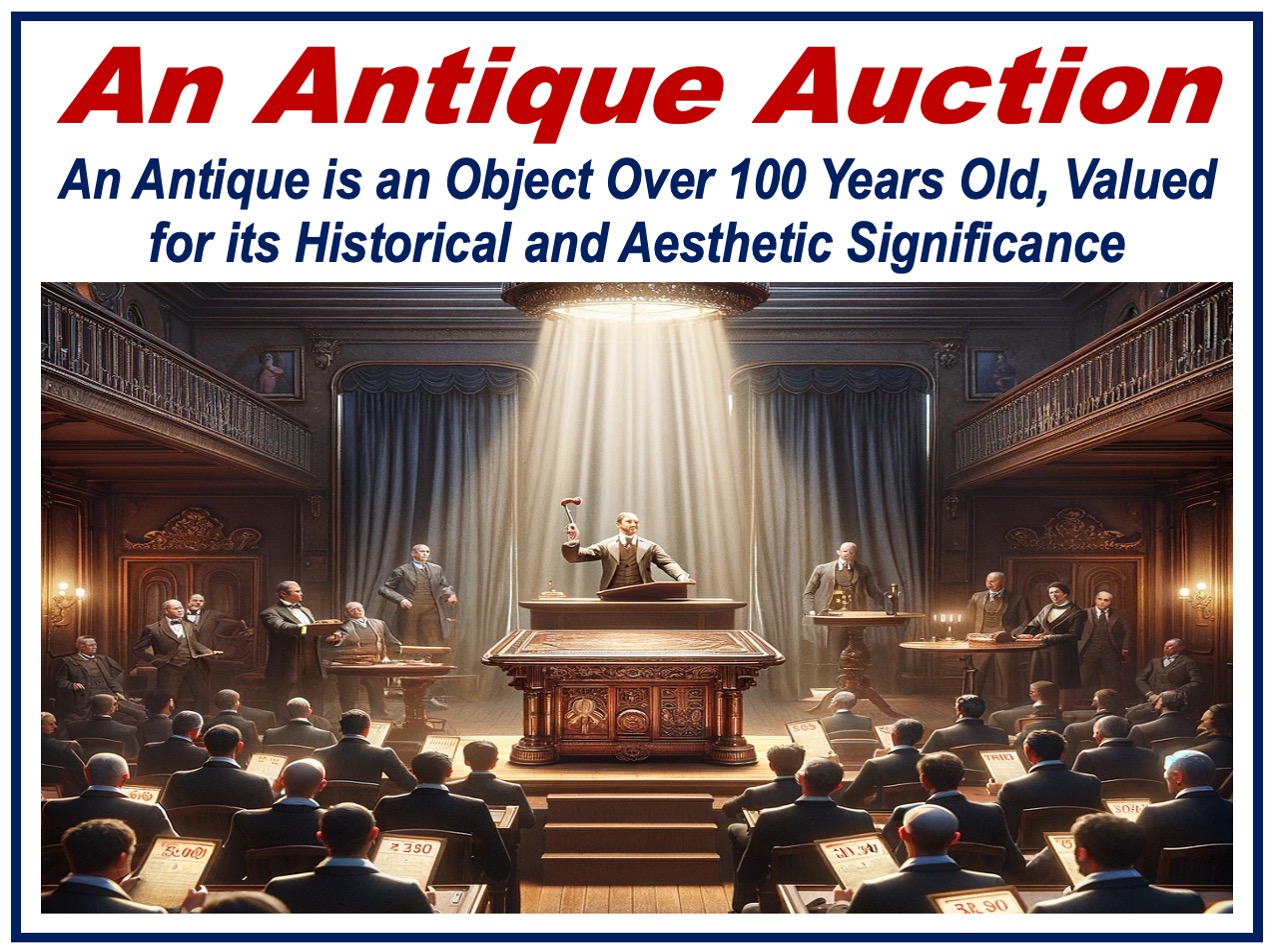What are antiques?
Antiques are more than just old items; they are objects that tell stories, capture historical moments, and symbolize aesthetic and cultural values from the past. Antiques are usually defined as items that are at least 100 years old. They can range from furniture, paintings, and jewelry to books, coins, and decorative items.
Antique vs. Vintage
If something is 50 years old, is it an antique or vintage? According to hemswell-antiques.com:
“Over 50 years old but less than 100 years old can be called vintage or collectible (British: collectable), but not antique.”
Historical and Cultural Significance
Antiques have historical and cultural significance for many people. The following are some reasons why:
-
Cultural Reflection
The artistic, social, and cultural context of their era is reflected in antiques.
-
Historical Preservation
Preserving history and understanding the past can be achieved through antique collecting.
The Art of Collecting Antiques
What drives individuals to collect antiques?
-
Personal Interests and Passion
Some collectors have a passion for certain eras, styles, or types of items.
-
Investment Value
Antiques can be valuable investments. Many of them increase in value over time.
-
Educational Aspect
Often the process of seeking and collecting items involves learning and researching history, art, and culture.

Valuing and Authenticating
The process of valuing and authenticating antiques is intriguing, for the following reasons:
-
Age and Rarity
Older and rarer items tend to be more valuable than newer ones.
-
Condition and Authenticity
The condition of an item and its authenticity have a significant impact on its worth.
-
Provenance
The history of ownership can add to the item’s value.
-
Expert Appraisal
Expert appraisers determine an antique’s value through a range of criteria, including current market conditions.
Challenges
There are many challenges a collector can face, including:
-
Market Fluctuations
The value of an item may fluctuate depending on changing trends and demand.
-
Fakes and reproductions
Distinguishing genuine articles from fakes or reproductions requires expertise.
-
Preservation and Care
Ensuring the antique remains in good condition can be challenging, yet it is crucial.
What does the Future Fold?
Antiques are poised for a promising future, particularly within the digital realm.
- Digitalization and Online Marketplaces
The internet has changed how items are bought, sold, and researched.
- Changing tastes
As aesthetic preferences and lifestyles evolve, so too does the demand for specific types of antiques, reflecting contemporary tastes.
- NFTs
Given the rapid evolution of the digital landscape, it’s uncertain what the next century—or even the next decade—will bring. Current NFT projects, rapidly changing in nature, may well be regarded as antiques in the future, much sooner than we might anticipate.
Written by Nicolas Perez Diaz

